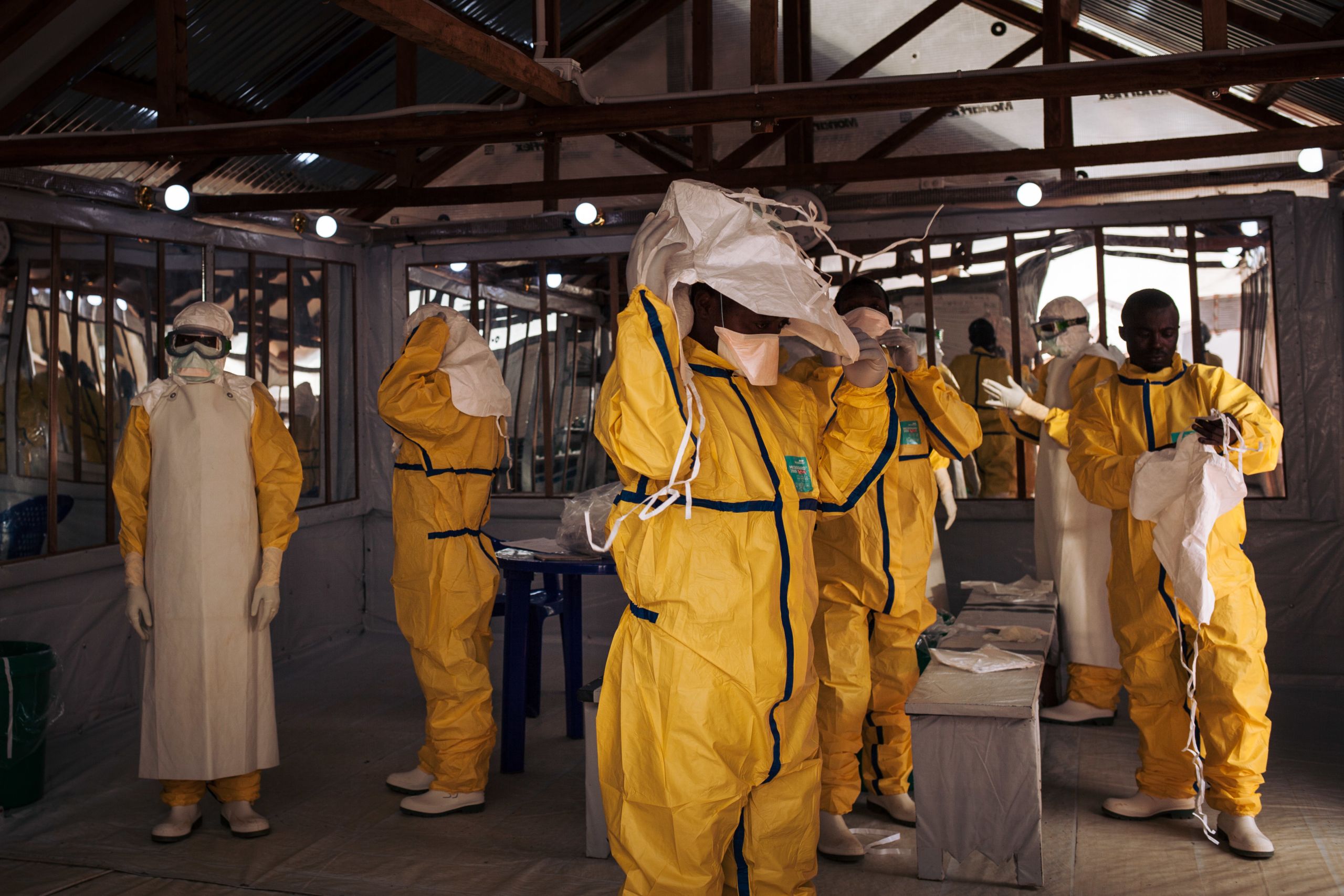Ebola Patient Bleeding | Without protective equipment, shaking hands with an ebola patient or being within three feet of a patient for long. • bleeding from the eyes, ears, nose, mouth, mucus membranes and rectum. Ebola, also known as ebola virus disease (evd) or ebola hemorrhagic fever (ehf), is a viral hemorrhagic fever of humans and other primates caused by ebolaviruses. *in all cases but two, first in madrid and later in dallas, the patient was infected with ebola while in west africa. Screening for ebola virus disease, discharging persons under screening patients.
Without protective equipment, shaking hands with an ebola patient or being within three feet of a patient for long. Nyc health and hospitals hazmat crew attended the ebola patients on nyc ambulances and transported the confirmed ebola patients. Read more about symptoms, diagnosis. There are multiple strains of the ebola virus. Patients were bleeding out from the inside.
Ebola virus disease is a serious, often fatal condition in humans and nonhuman primates. Nyc health and hospitals hazmat crew attended the ebola patients on nyc ambulances and transported the confirmed ebola patients. That's mainly because all ebola patients who've received convalescent plasma have also received other supportive care, like intravenous fluids. Ebola is a viral infection which has no vaccine and kills over half of all those infected. It is also important to notify public health professionals. Universal images group symptoms include fever, vomiting, diarrhea, muscle pain and at times internal and external bleeding. It turns out that most patients don't bleed so much. Ebola is one of several viral hemorrhagic fevers, caused by infection with a virus of the filoviridae family, genus. As the virus spreads through the body, it damages the immune system. Ebola virus disease (evd) is subject to commonwealth biosecurity legislation and is nationally notifiable. Ebola first strikes the immune system, forming blood clots in the final stages, patients bleed from their eyes. Without protective equipment, shaking hands with an ebola patient or being within three feet of a patient for long. Ebola virus disease (evd) or ebola hemorrhagic fever (ehf) is a severe viral hemorrhagic disease caused by ebola viruses.… ebola virus disease (ehf):
Patients were bleeding out from the inside. Ebola virus disease (evd), formerly known as ebola haemorrhagic fever, is a rare but severe, often fatal illness in humans. The patient had many of the symptoms of the deadly ebola viruscredit: Ebola is a viral infection which has no vaccine and kills over half of all those infected. In the past, ebola and marburg viruses were classified as hemorrhagic fever viruses, based upon their clinical manifestations, which include coagulation defects, bleeding, and shock 8,9.
Ebola is a deadly disease caused by a virus. Eventually, leads to severe uncontrollable bleeding. *in all cases but two, first in madrid and later in dallas, the patient was infected with ebola while in west africa. Ebola is one of several viral hemorrhagic fevers, caused by infection with a virus of the filoviridae family, genus. Ebola patients arrive new york. Read more about symptoms, diagnosis. The patient had many of the symptoms of the deadly ebola viruscredit: One of ebola's most notorious symptoms is bleeding from places like the nose and mouth it typically takes five to eight days for hemorrhagic syndrome to develop in patients with the ebola virus, she said. The bleeding can take on a variety of shapes and forms, with the worst cases being people vomiting blood, having bloody diarrhea, bleeding from their nose and mouth and where the sun don't shine. Bleeding inside the body and also bleeding from the ears, eyes, nose or mouth may occur. Ebola patients treated outside west africa*. Patients were bleeding out from the inside. It is also important to notify public health professionals.
Lab tests can confirm whether the patient has ebola. Ebola patients typically experience symptoms similar to a malaria infection: Ebola patients arrive new york. Ebola virus was first discovered in 1976 near the ebola in patients who have ebola virus infection, exposure to the virus may be either primary. Ebola is a viral infection which has no vaccine and kills over half of all those infected.

*in all cases but two, first in madrid and later in dallas, the patient was infected with ebola while in west africa. Ebola virus was first discovered in 1976 near the ebola in patients who have ebola virus infection, exposure to the virus may be either primary. Get information on the ebola hemorrhagic fever vaccine, symptoms, treatment, causes, and history. One of ebola's most notorious symptoms is bleeding from places like the nose and mouth it typically takes five to eight days for hemorrhagic syndrome to develop in patients with the ebola virus, she said. Ebola patient arrives from africa. Ebola virus disease (evd) or ebola hemorrhagic fever (ehf) is a severe viral hemorrhagic disease caused by ebola viruses.… ebola virus disease (ehf): Universal images group symptoms include fever, vomiting, diarrhea, muscle pain and at times internal and external bleeding. Ebola virus disease (evd) is a rare and deadly viral illness that. Learn about transmission of the ebola virus, and read about infection prevention efforts. Without protective equipment, shaking hands with an ebola patient or being within three feet of a patient for long. Ebola patients arrive new york. Bleeding from body parts the ebola artist of liberia how ebola sped out of control | the washington post Ebola is a viral infection which has no vaccine and kills over half of all those infected.
That's mainly because all ebola patients who've received convalescent plasma have also received other supportive care, like intravenous fluids ebola patient. Without protective equipment, shaking hands with an ebola patient or being within three feet of a patient for long.
Ebola Patient Bleeding: Screening for ebola virus disease, discharging persons under screening patients.